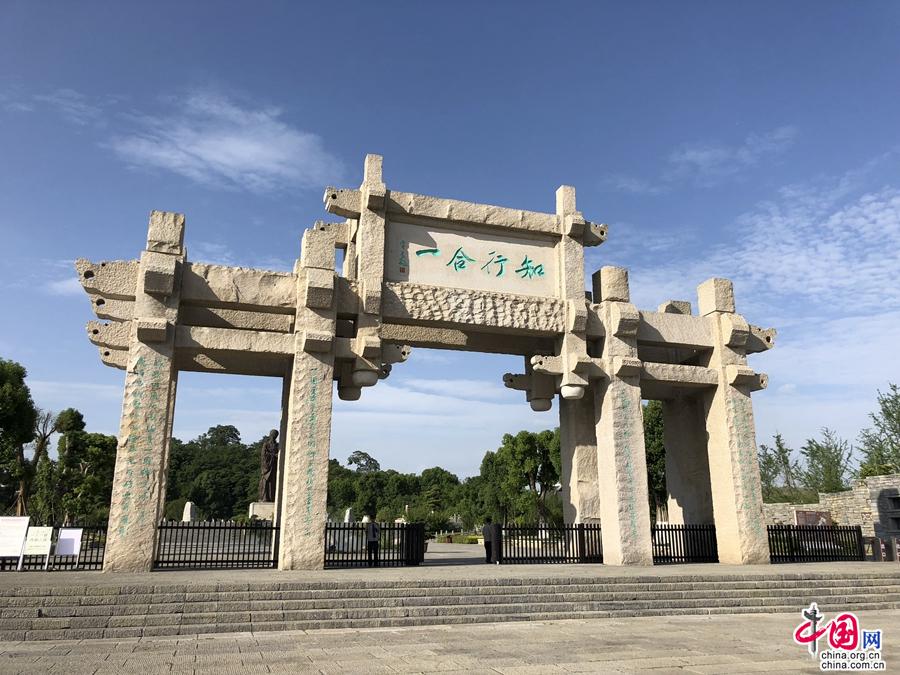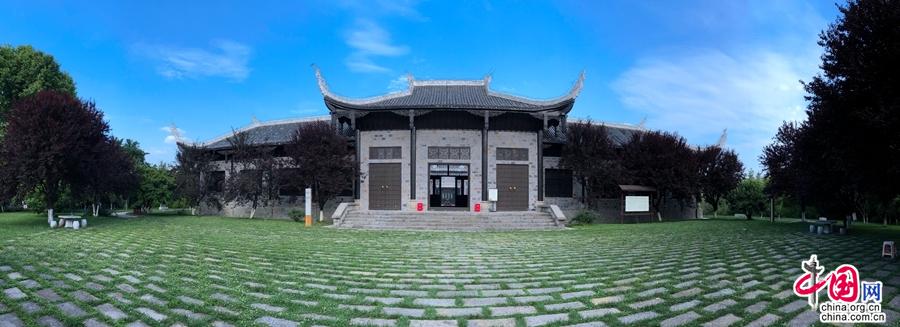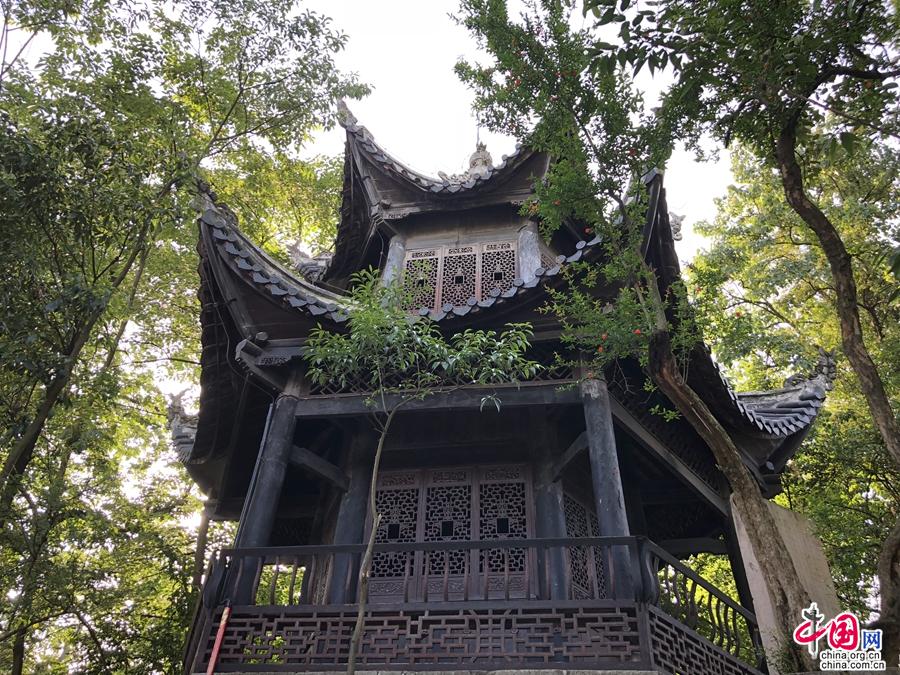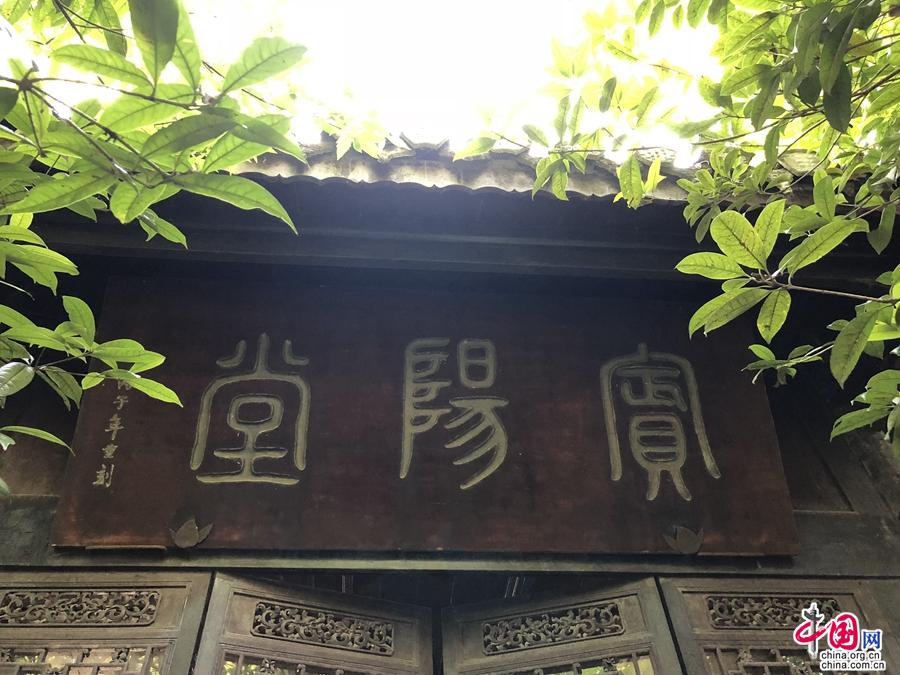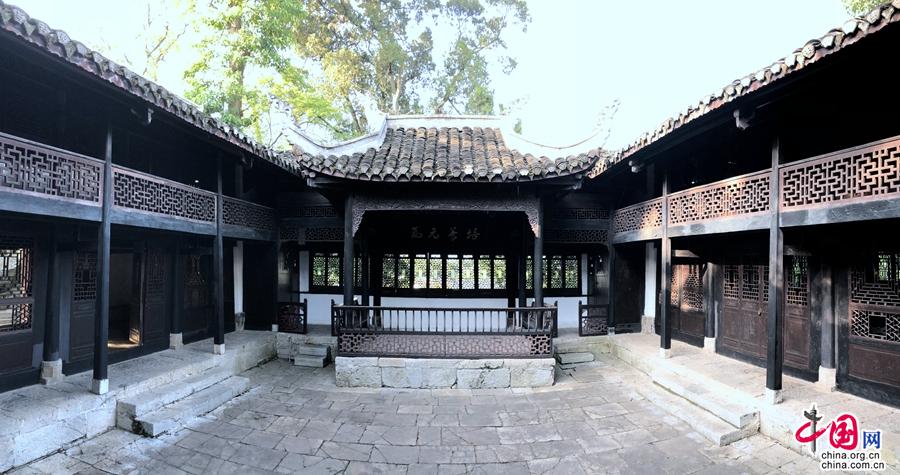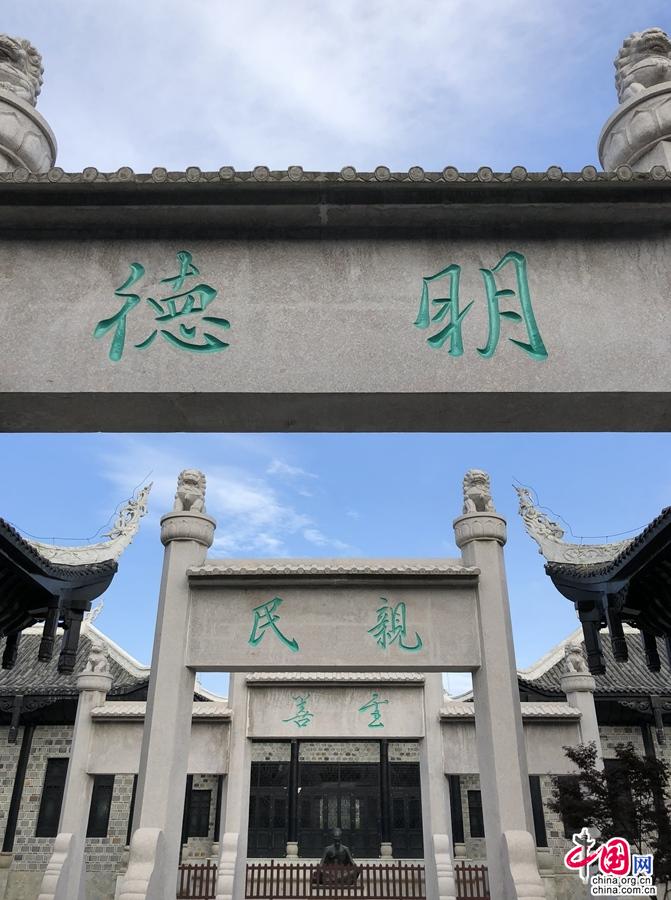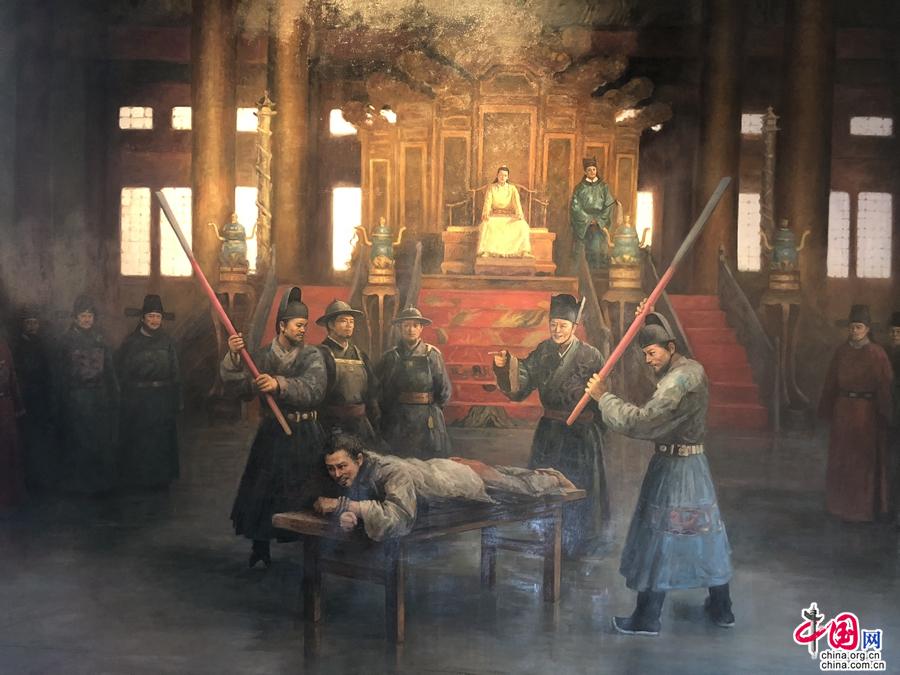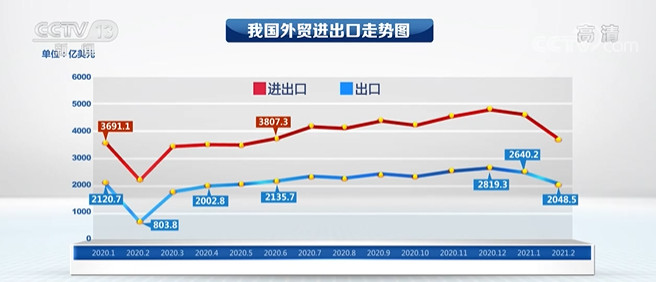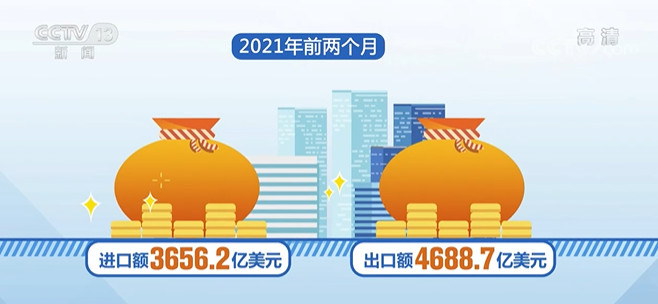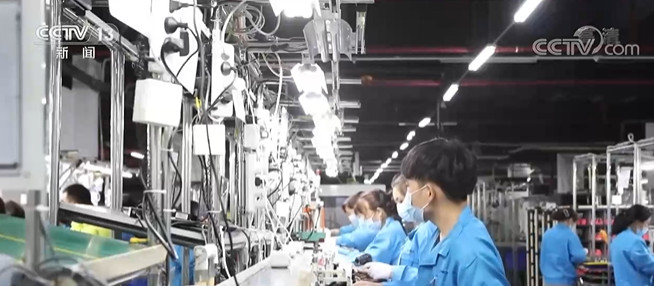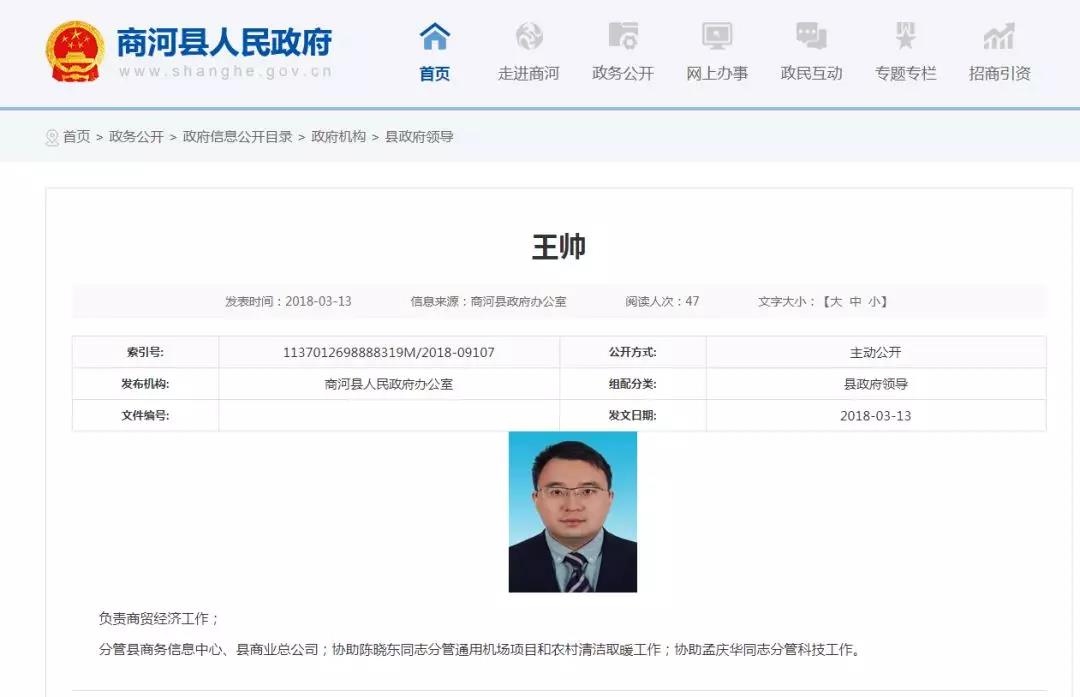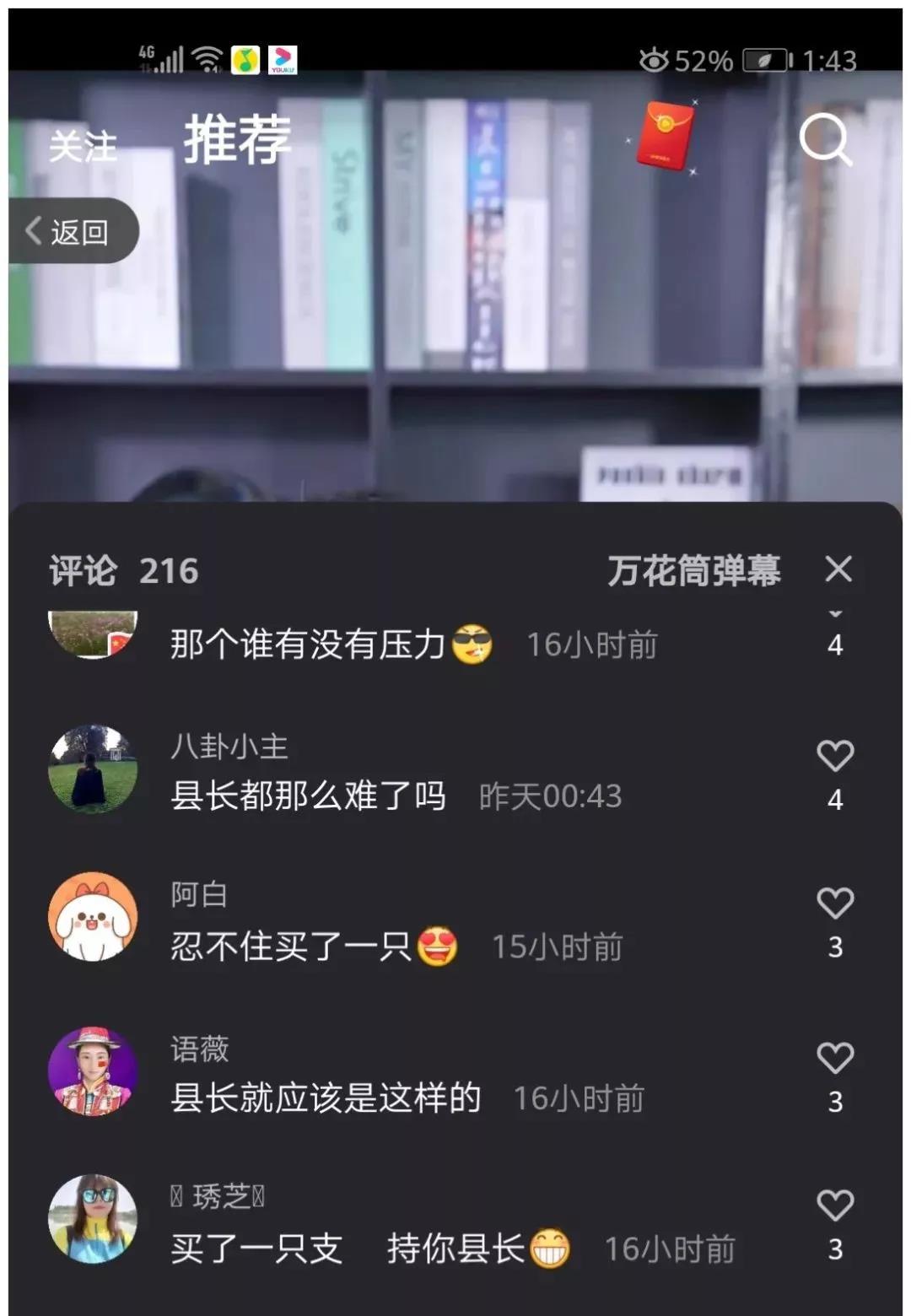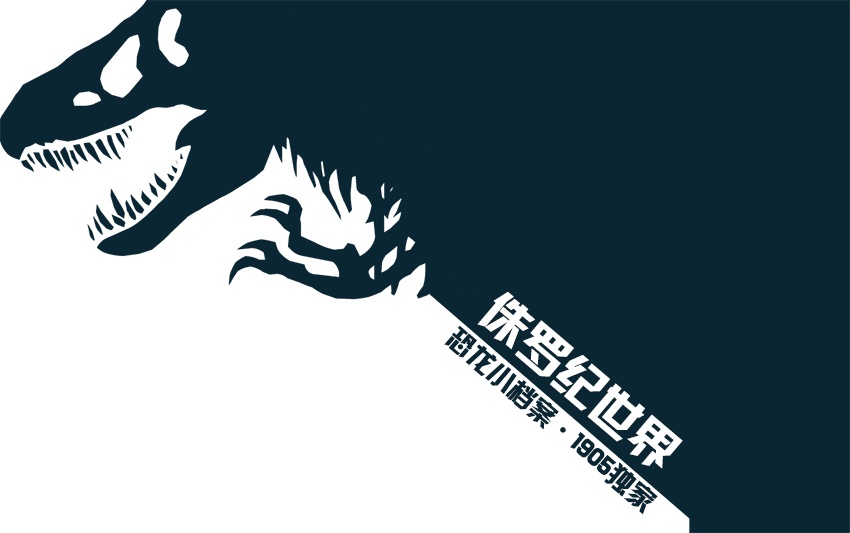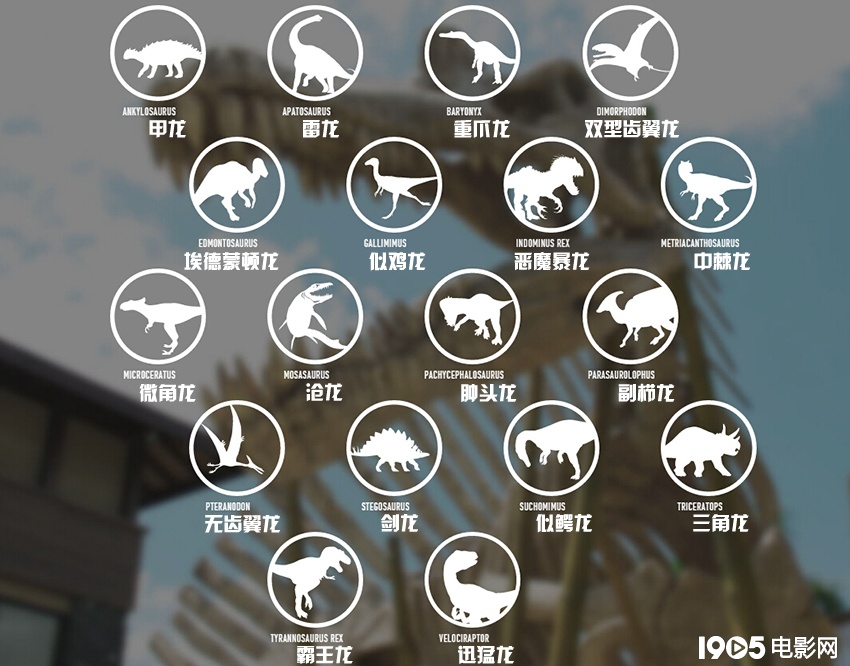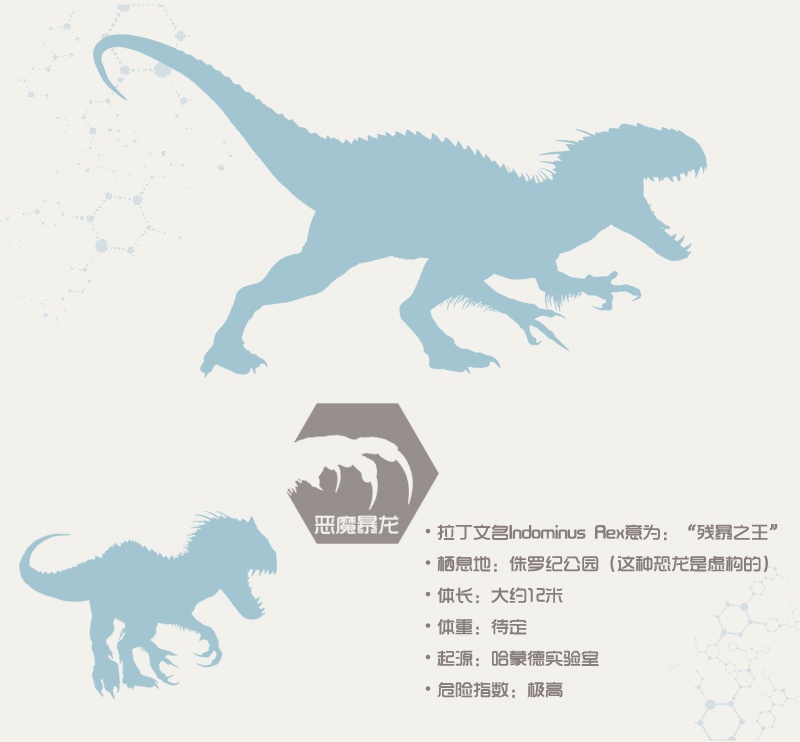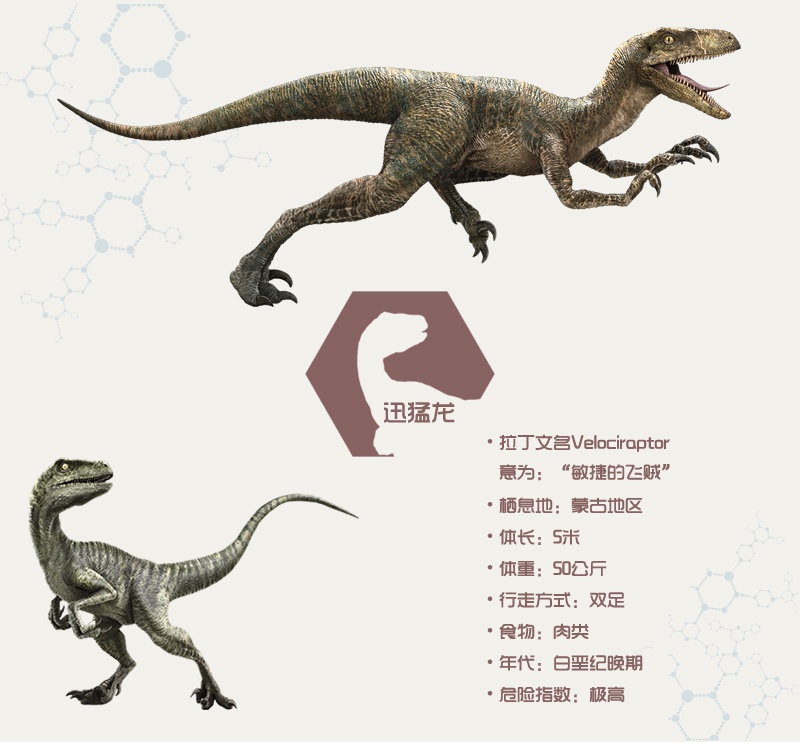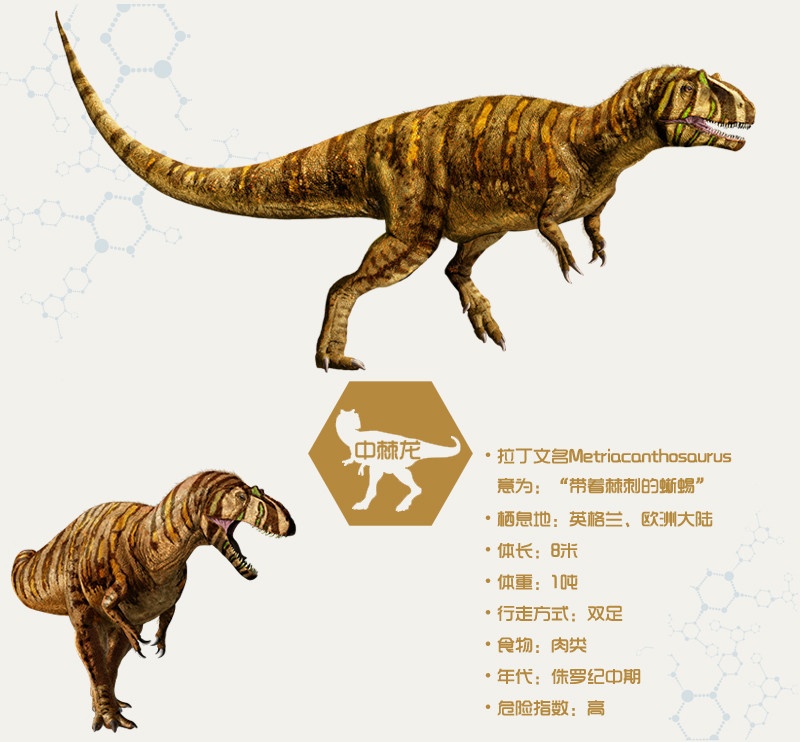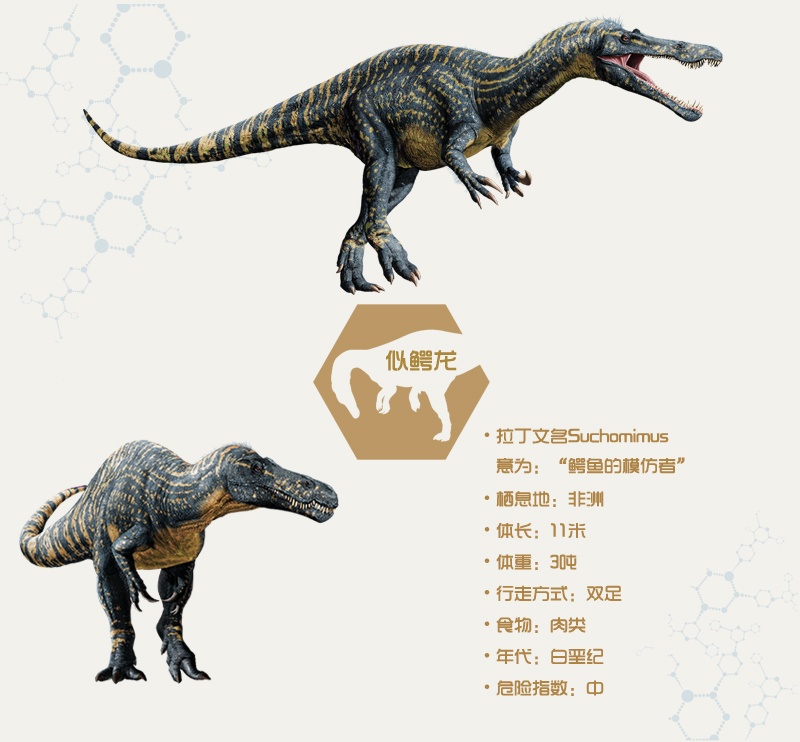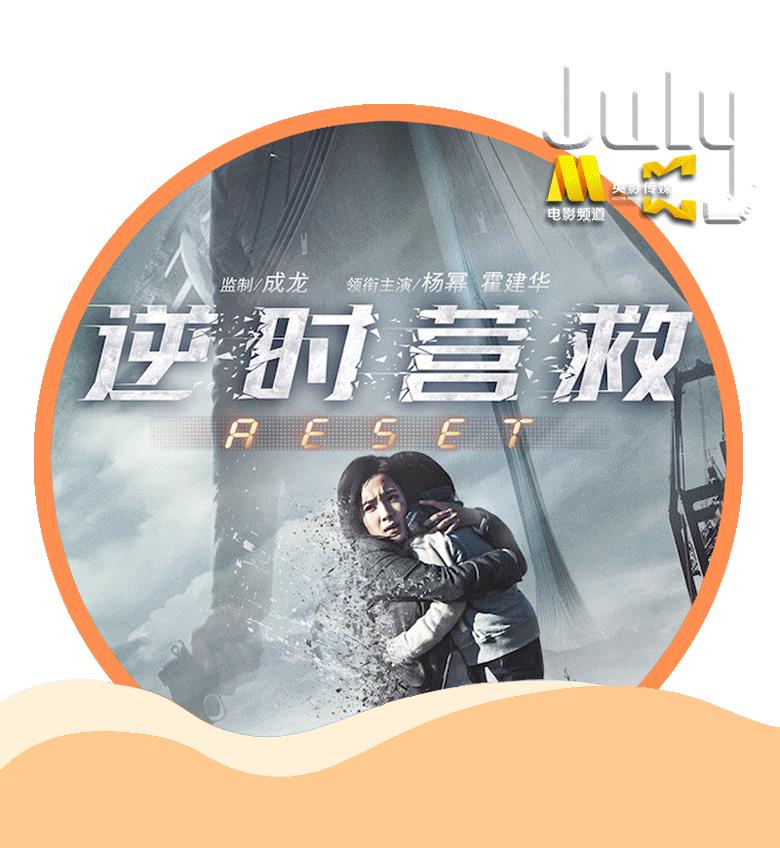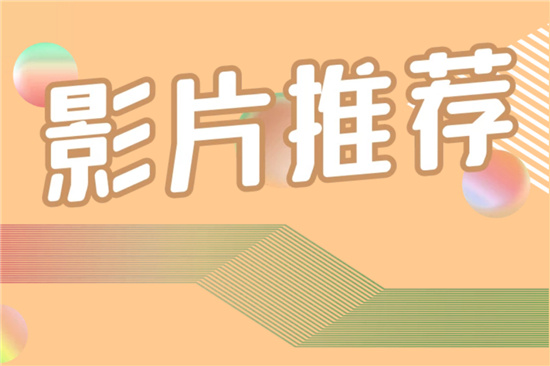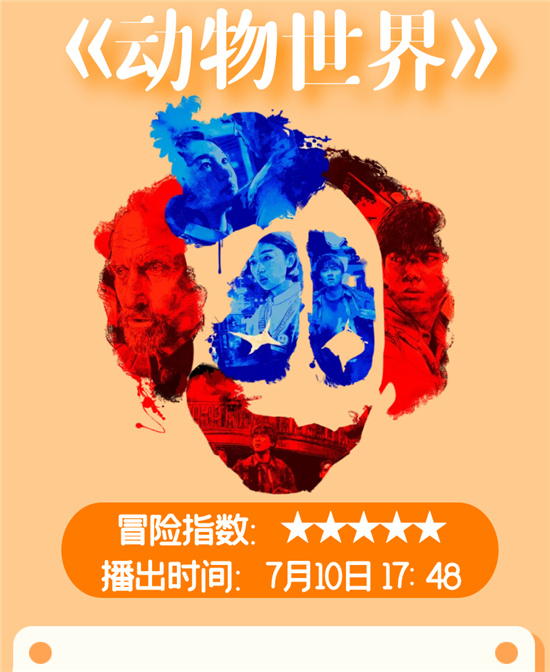Horton, Editor-in-Chief of The Lancet: Some people are accusing China of being the source of the epidemic. In fact, the accusation is useless and not true. What we really need to do is to calm down and cooperate with the China municipal government to understand the epidemic situation, so as to do everything possible to ensure that the epidemic situation will not come back. China himself did not want to see the outbreak of the epidemic, nor should he be responsible for it.
How to evaluate the experiences of China and the United States in epidemic prevention and control? How to deal with the "conspiracy theory of virus origin" and "responsibility theory" that appear frequently?
In the program News 1+1 on May 1st, Bai Yansong interviewed Richard Horton, editor-in-chief of The Lancet, a top international medical journal, to respond to public concerns.

1. What did the editor-in-chief of The Lancet think of the decision to "close the city" in Wuhan, China?
Bai Yansong: Today (May 1st) is a very important day in Chinese’s memory, because Wuhan was "closed" for 100 days due to the epidemic. What do you think of China’s decision after such a long time?
Horton, Editor-in-Chief of The Lancet: When faced with an emergency, the China government decided to blockade Wuhan very decisively. By blocking Wuhan, China can give the world time to deal with the epidemic. This is not only a correct decision, but also shows other countries how to deal with the urgent threat of the epidemic. So I think we should thank China for his efforts in fighting the epidemic in Wuhan.
2. On February 20th, The Lancet published an article opposing the statement that the virus did not come from nature. Why?
Horton, Editor-in-Chief of The Lancet: As the Director-General of the World Health Organization said, in recent months, we have been fighting two kinds of epidemics, one is caused by viruses, and the other is caused by false information. In many cases, the impact of false information is equivalent to the severity of the epidemic caused by the virus.
The "virus conspiracy theory" you mentioned is not good for fighting the epidemic. We must understand the origin of the virus and study it with a scientific attitude. We must not let such conspiracy theory disturb our thinking. The negative impact caused by this conspiracy theory is very serious.
3. The editor-in-chief of The Lancet responded to the "conspiracy theory of virus origin"
Horton, editor-in-chief of The Lancet: On one level, many of these statements are ridiculous, but we should also pay attention to them. There is a study on false information in the European Union, and some of the false information is terrible. For example, some people say that vaccination in the future is dangerous, or that the epidemic is concocted by the media, or that the virus will not pose a threat to people. So we should pay attention to these rumors and prove them wrong. Unfortunately, in some media reports, this rumor spreads like a virus and affects people, causing harm to people. Therefore, it is necessary to prevent and control the spread of the virus and also break the rumors.
4. Is it meaningful to look for patient zero?
Horton, editor-in-chief of The Lancet: I don’t think it’s very meaningful to look for patient zero. For example, when AIDS broke out in the 1980s, many people wanted to find patient zero, who was the super-disseminator of the virus in the United States, and spent a lot of energy looking for patient zero. At that time, people thought they had found patient zero, who was widely discussed after being exposed by the media, but many years later it was found that this person was not patient zero. Therefore, finding this person who has spread the virus may cause many problems, such as causing stigma and discrimination against him, which will not play any role and is certainly unscientific.
But we really need to know the origin of this virus and where it comes from. This virus is likely to spread from an animal host to humans. We need to understand the process of virus transmission between animals, and how the virus from animals spreads to humans, and also avoid the spread of this virus from animals to humans. The goal now is to understand where the virus produced in animals comes from and reduce the risk of virus spreading from animals to humans. The important thing is not to find patient zero, but to know the origin of the virus.
5. It is useless and untrue to accuse China of being the source of communication.
Horton, Editor-in-Chief of The Lancet: Unfortunately, we have heard that some people are accusing China of being the source of the epidemic. In fact, the accusation is useless and untrue. What we really need to do is to calm down and cooperate with the China municipal government to understand the epidemic situation, so as to do everything possible to ensure that the epidemic situation will not come back. China himself did not want to see the outbreak of the epidemic, nor should he be responsible for it. But things have happened. The doctors and scientists I know in China have made the most outstanding contributions. They have given advice to the government, treated patients and protected the lives of China citizens. So I think China should be very proud, because China has excellent scientific research and medical staff.
Some world political leaders criticized China for being unfair and in fact wrong. We should thank the doctors and scientists in China who fought the epidemic.
6. On January 30th, WHO issued the highest warning, but it seems that many people didn’t listen carefully. Why?
Horton, Editor-in-Chief of The Lancet: This is one of the unsolved mysteries in the process of epidemic spread. On January 30th, the World Health Organization defined this epidemic as an international public health emergency, which was a warning to remind the world to pay attention to the epidemic. Dr. Tan Desai mentioned the spread of this virus, so that everyone can get ready.
The early warning mechanism of international public health emergencies is an innovative mechanism, which was established in 2005. It was caused by the outbreak of SARS in 2002-2003. After the outbreak of SARS, the world paid more attention to the impact of the epidemic, so the early warning mechanism was introduced. The World Health Organization is the most important authoritative organization in the field of global health, and we need to pay attention to its warning. Unfortunately, many countries did not pay attention to early warning, resulting in tens of thousands of deaths, which could have been avoided.
7. It is a human tragedy not to learn from SARS.
Horton, editor-in-chief of The Lancet: The SARS outbreak in 2002-2003 actually spread to some western countries, such as Canada. When the virus spread to Toronto, the World Health Organization also issued an early warning. In the past generation, we have understood the risk of transnational spread of the virus. After the end of the SARS epidemic 17 years ago, countries around the world promised that they would change the way to deal with future epidemics, and they promised to attach great importance to the outbreak of the epidemic.
But in fact, the recent outbreak of the COVID-19 epidemic shows that we have not learned from it, and we have not realized the danger of the virus. This is a tragedy and a real human catastrophe.
8. Why is the editor-in-chief of The Lancet called the "chief critic" of the British government?
Horton, editor-in-chief of The Lancet: I criticized the British government’s epidemic prevention and control measures. In fact, I criticized not only the British government, but also the United States and many European countries. Because The Lancet published five articles in the last week of January, these five articles described the epidemic situation in the past few months in detail to western countries. These five articles described the characteristics of this new virus, such as: deadly, related to SARS virus, the number of deaths is increasing, some infected cases need ventilators when they enter the intensive care unit, there is no treatment at present, and there are cases of human-to-human transmission. The article mentioned the importance of using protective measures, and mentioned that virus detection, contact tracing and isolation of infected people are necessary to control the epidemic. At the same time, it also warned of the risk of a major outbreak caused by the virus.
In the last week of January, we already knew about this situation, but most western countries, such as the United States, wasted the whole February and early March, which is the man-made tragedy in COVID-19. Thanks to the cooperation between doctors and scientists in China and scientists around the world, we got this information in January, but for some reason, other countries in the world didn’t attach importance to it.
9. Is epidemic prevention in Britain on the right path now?
Horton, Editor-in-Chief of The Lancet: I think Britain is on the right path now. I saw Prime Minister Boris Johnson’s speech outside No.10 Downing Street on Monday, and I can see that he has changed a lot. I don’t think he knew how serious the virus was and how threatening it was to Britain before he got sick. Johnson was really in danger after being infected with the virus. Now he knows the seriousness of the virus.
I believe that Britain is now on the right path. We have imposed a nationwide blockade and attached importance to keeping the distance between people. I believe Britain will learn from the blockade of Wuhan, and hope to continue this isolation in May, and then gradually return to normal. I am very glad to see that we have taken the right measures, but it took a long time to finally make the right decision.
10. What is the epidemic prevention experience of China that the editor-in-chief of The Lancet thinks can be shared with the world?
Horton, Editor-in-Chief of The Lancet: China’s experience is to make quick and decisive decisions for a reason. China has experience in dealing with SARS virus. At that time, SARS suddenly struck, and the whole of China was caught off guard. I think the China government was determined to make changes after the SARS epidemic. In the past 20 years, China has invested heavily in hospitals and health systems, and the China government has also invested a lot in some universities and scientific research. Therefore, when the COVID-19 epidemic occurred in December last year, China had the ability of scientific research and medical resources to cope with the epidemic. At the same time, there is political ability, because China learned that the epidemic was similar to the SARS virus and posed a great threat to China society, so he made a decisive decision.
Western European countries don’t think this is a virus similar to SARS, but similar to influenza. We think that this epidemic is another wave of influenza at most, and we don’t pay attention to this danger. We think that influenza is not a very serious disease. This virus can spread among people and protect us after causing group immunity in China, but in fact this is a serious misjudgment. China was right and we were wrong.
11. Dividing countries and people cannot effectively deal with the epidemic.
Horton, Editor-in-Chief of The Lancet: I greatly appreciate the scientific and medical development level in the United States. Their doctors and scientists have done a very good job in responding to the epidemic, such as Anthony Fauci, director of the National Institute of Allergy and Infectious Diseases, and Dr. Deborah Beukes, who are all outstanding researchers.
What disappoints me is American politicians. For example, they advocate conspiracy theories, or support some treatments without clear evidence. They also openly criticize other countries, such as the United States criticizing China, or criticizing some organizations, such as the World Health Organization. This practice is useless. What we should do is to strengthen cooperation to deal with the challenges brought by the epidemic. Dividing countries and people cannot effectively deal with this threat facing all mankind.
12. Thanks to all the medical staff for their contributions.
Horton, Editor-in-Chief of The Lancet: In the past three months, we have realized that medical workers who are fighting the epidemic at the front line are the backbone of morality. They are invisible contributors. We have not seen nurses and doctors on the street. They work in hospitals or clinics. We are very grateful to them. They work in some very dangerous areas. The virus is unpredictable and deadly. Sometimes they don’t have enough protective measures. They are silently dedicating themselves to saving lives and protecting patients. They are very successful.
I think all countries need to thank these medical staff for their contributions, and they are continuing to fight the epidemic. We need to respect medical staff and pay more attention to them. They are a very important part of society, and we need to thank them for their contributions.
13, China’s scientific development has been the world’s leading level.
Horton, Editor-in-Chief of The Lancet: China is now a big country in science. Twenty years ago, we didn’t receive many contributions from authors in China, but now China is one of the leaders in submitting scientific papers to a series of journals in The Lancet. It is very difficult to select papers, and the standard of selection is to evaluate which papers have the most influence on the global audience.
China’s scientific development has been the world’s leading level, and many scientific researches in China are related to the global audience. China has excellent global scientific research institutions and scientific leaders, thanks to the investment of China government in scientific research in the past 20 years, which is a very important factor for China to succeed in this epidemic.
14. What do you think of Fangcang Hospital?
Horton, Editor-in-Chief of The Lancet: Fangcang Hospital is one of the most important innovative measures to successfully deal with the epidemic in China. It is a very good innovative idea to establish temporary huge Fangcang Hospital in some existing buildings, where patients with mild illness can enter Fangcang Hospital, and someone will take care of them, and establish a triage system. If the illness gets worse, patients will be referred to other hospitals. First of all, it can protect other hospitals and prevent patients from flooding into these hospitals; Second, it can provide a space to deal with a large number of patients, and it can effectively isolate these patients in this shelter hospital and provide them with a safe space.
I think this is a very important factor in China’s success in fighting the epidemic, and it is also an important experience that other countries in the world can learn.
15. The editor-in-chief of The Lancet responded to the statement that "you should be anxious to save people instead of publishing papers".
Horton, Editor-in-Chief of The Lancet: It’s not a matter of choice. In the past three months, doctors and scientists in China have actually taken care of both, summing up experience while saving lives on the front line. Their experiences published in scientific journals should not only be regarded as a paper in a journal, but a way to communicate with the world. Without the papers published by China from January until yesterday, we wouldn’t have a reliable knowledge base to better understand how to deal with the epidemic.
Therefore, we are very grateful to the doctors and scientists in China for their papers published according to their own work, so that the world can get better information. This reflects China’s responsible attitude, that is, to become friends with other countries, to tell and share their own experiences and help other countries understand the seriousness of the epidemic. We must express our gratitude to the doctors and scientists in China. They can take the time to do these things, and China can talk about his ongoing work, which is a success in itself.
16, China into the global medical science research is a very important goal after the epidemic.
Horton, Editor-in-Chief of The Lancet: China is not considered as a big country in the fields of medicine and medical science, but this epidemic does reflect the advantages of China. I hope that after this epidemic, more countries will realize China’s contribution to the epidemic. As China accounts for one fifth of the world’s population, it bears a heavy responsibility to protect and improve the health of this part of the population. I think China has been doing this for the past twenty years, especially in the past two to three months.
I want to emphasize once again that the most important thing to deal with the epidemic is the cooperation among countries. We need to join hands with our Chinese colleagues to bring them into the global medical scientific research, which is a very important goal after the epidemic.
17. The discussion on the epidemic situation should not be interpreted as a part of the geopolitical struggle of the country.
Horton, Editor-in-Chief of The Lancet: I regret that the discussion on this epidemic was finally interpreted as a part of the geopolitical struggle of the country, which should not be the case. COVID-19 is a threat to the health of all mankind, and we need to work together to deal with this threat. I don’t want to see accusations against the country, which is of no benefit to disease prevention and control, let alone promote peace and development, and accusations can’t stop the epidemic. On the contrary, we need to sit down and cooperate and trust each other, so as to solve the problems we face together.
I am very sorry that some political leaders have made such criticisms, which is why I want to publicly thank my colleagues and friends from China for their contributions to medical work and medical science in China. They have done so much, and we need to formally say thank you. They should not be criticized, but should be thanked by us. This is the most important point I want to emphasize.
18. What role do you hope The Lancet will play in the epidemic?
Horton, Editor-in-Chief of The Lancet: We want to publish the best scientific papers in the world. We also want to be a platform, not only to publish scientific papers, but also to help promote changes and improve the health of people all over the world. Therefore, it is very important for us to become a channel to nurture world-class scientific work and help it land and change the world. Therefore, it is important for us to listen to the voices of friends around the world, cooperate with them and help them tell their own scientific stories to the world. Therefore, our job is to cooperate, collaborate and listen, and work together to push the research results to the widest possible audience.
I have worked in The Lancet for 25 years as the editor-in-chief, and I am fortunate to cooperate with talented scientists from all over the world. We have a great scientific group, and I want to show the world the contribution this group is making every day in promoting human health and well-being. In short, this is the work of The Lancet.
19. What changes will take place in the world public health field after the epidemic?
Horton, editor-in-chief of The Lancet: After every major event, such as this epidemic, the world will change. But frankly, is it better or worse? I don’t know this yet, but generally speaking, there are two ways: one way is better cooperation, countries can cooperate and help each other, and other countries can understand the health status of China residents, which will affect the health status of me and my family, and my health status will affect your health status. We are interdependent and must sit together to solve problems. This is a way; The other way is to split, not to cooperate, and to damage those organizations that advocate cooperation, thinking that they can solve problems alone and do not need cooperation.
There is a sharp contrast between the two roads in this epidemic. At the moment of our conversation, I don’t know which road the world will take after the epidemic is over. Is it the road of cooperation? Or the path of division? This depends on the joint efforts of all of us. Showing the road of cooperation is the road we are determined to take, and all mankind must move forward towards cooperation. I hope China can make a strong voice to support the global cooperation.
20, China should think about how to make medical research leaders have more participation in international affairs.
Horton, Editor-in-Chief of The Lancet: In the past two decades, China has made huge investments in the fields of health care and science. However, in these international conferences around the world that I attended, I didn’t feel that there were enough China representatives in international conferences or activities. I hope to see more China scientists and medical leaders active on the world stage. China accounts for one fifth of the world’s population, but does China represent one fifth of the world’s important international activities, especially those that will have an impact on the future development direction of the world? Not really.
Therefore, I think China leaders should think about how to make China’s medical and medical research leaders participate more in international affairs in the next stage. I hope to see some Chinese I know, I respect, I like and admire very much, and play a more important role in the world. I hope to hear more voices from China and China in international affairs and play a more important role on the world stage. I hope that one of the results of this epidemic is to make China have a stronger voice.
21. How long will the epidemic be over in the world?
Horton, Editor-in-Chief of The Lancet: We know the situation in Wuhan now. The blockade lasted for about 10 weeks from January 23 to early April. At present, the spread of this virus in Wuhan has been completely eliminated, indicating that the first wave of epidemic will end after 10 weeks of blockade, and there may be a risk of epidemic rebound. The only thing that can prevent the epidemic from rebounding is vaccine, which can immunize everyone and protect everyone in the future.
We must maintain some protective measures now, such as keeping the distance between people, paying attention to personal hygiene, washing hands frequently, and not pointing at others when coughing. Only in this way can we stop the epidemic from rebounding. In the next six to twelve months, we will probably have a vaccine developed, so at this time next year, we may start to inject this vaccine so that everyone can really be protected.
22. The epidemic situation makes people cherish each other more.
Horton, editor-in-chief of The Lancet: Thank you very much for your concern. I am in a small room at home, and I am also in self-isolation. I have been in self-isolation since the end of March, and I may continue to do so in the next three to five weeks. On the one hand, it’s strange that I can’t go to work or meet my friends, but on the other hand, it’s also an opportunity for me to think and reflect on the significance of this epidemic. I can also communicate with my colleagues in The Lancet every day. This epidemic has had a very interesting impact, that is, it has brought us closer to each other, and everyone will work harder to get closer to each other during the isolation period.
It can be said that we try harder to understand each other and treat others with kindness, which is a very strange result caused by the epidemic. It is true that we must isolate ourselves at home, but in fact our hearts are closer and we cherish each other more than before the epidemic. I hope this result can be maintained all the time and people cherish each other more.

